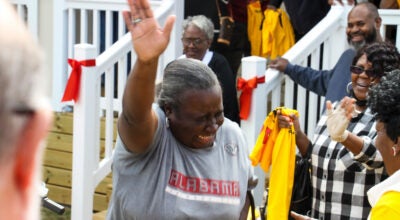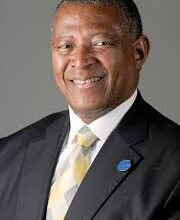Karate program kicks up dust at library
Published 10:50 pm Monday, June 28, 2010
Every eye fixed on his right arm, watching it move slowly toward the board, marking his intended point of contact.
A quick, but forceful punch split the board, the bang shattering the silence as the more than 50 children applauded the karate skills of 10-year-old Mason Pendergrass.
Greg Sibley, master and fourth-degree black belt, and seven of his karate students demonstrated motions of karate to children at the summer program at the Selma-Dallas County Public Library.
Landon Bass, 9, enjoyed watching the students demonstrate the advanced karate moves and may consider enrolling in a karate class.
“It makes you want to go out and do it,” Bass said. “They make it look so easy, even though it’s not.”
In about one year, Mason has progressed to a green belt, the fifth belt.
“I didn’t really know what to do at first, so I just followed along with them,” Mason said. “Then I got good at it.”
All students begin with a white belt and advance through 10 levels before reaching a black belt. After a black belt, students can obtain up to a ninth-degree black belt, categorizing a person as a grand master.
The patch Sibley and his students wear on their uniforms, a Korean “moo do” symbol, best describes the purpose of karate.
It represents prevention of conflict and deflecting the sword, meaning that students must first try to diffuse conflicts by blocking motions such as punches, but if the situation escalades, then students must defend themselves from harm.
“We don’t want to punch somebody if they come up to us and push us,” Mason said. “We want to try to make them not to fight, but if they punch at us, we try to block it. If they keep on doing it, we attack, but we don’t start fights.”
If a student instigates a fight, Sibley strips them of their current ranking and they must begin the process as a white belt.
“We don’t teach them how to fight,” Sibley said. “We teach them how to defend themselves.”





